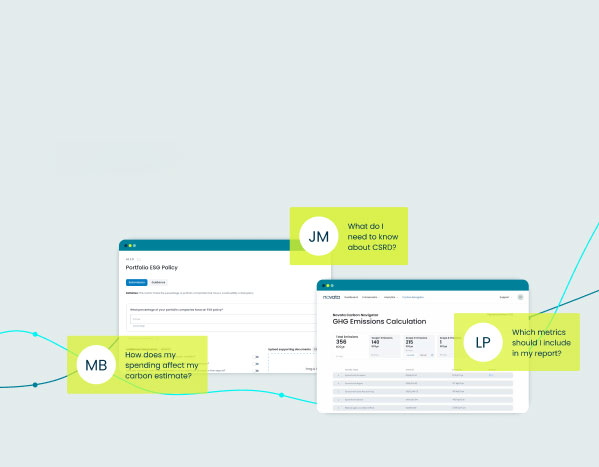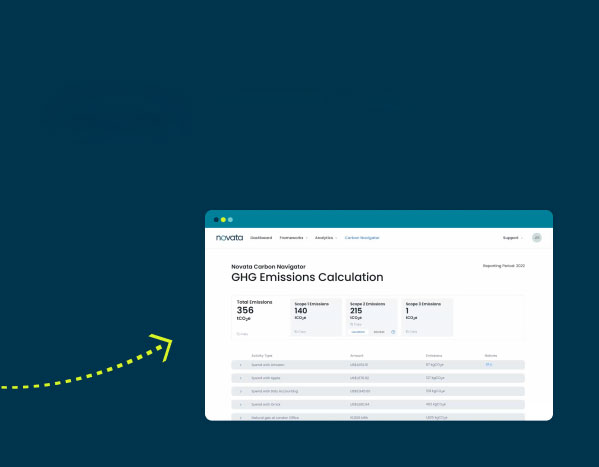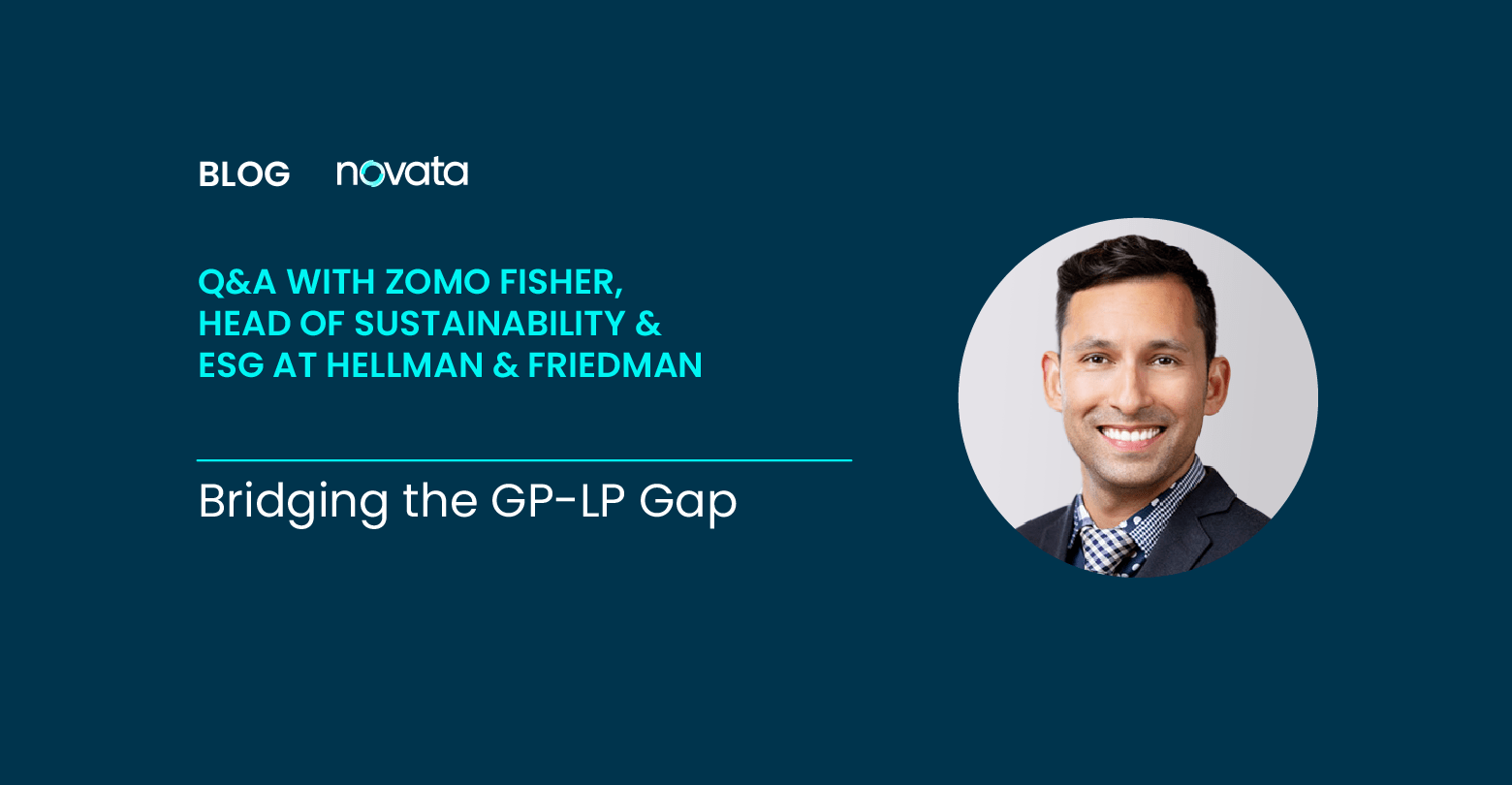The Sustainable Finance Disclosure Regulation’s (SFDR) second disclosure period is on the horizon, with financial market participants (FMPs) preparing for the 2024 reporting cycle. Now is a critical time for private market asset managers to capitalize on the learnings from the initial rollout. As the SFDR and the broader regulatory landscape continue to evolve, monitoring the impact of changes on disclosure requirements will be essential to ensure compliance.
Based on expert observations from our recent webinar on the SFDR’s milestone debut, this article dives into the current state of the regulation, actionable next steps, and how industry trends and market forecasts may impact SFDR’s future.
1. SFDR 2.0: A Potential Overhaul Is in the Works
In September 2023, the European Commission launched an extensive consultation and review of the SFDR to gather feedback on stakeholder experiences of aligning to the regulation in practice and assess areas of improvement. It acknowledges that there may be flaws with the SFDR’s existing requirements and seeks further understanding from FMPs and stakeholders on topics such as:
- The effectiveness of the SFDR in meeting its key objectives of improving transparency and capturing transition investments
- The usefulness and appropriateness of entity-level disclosures currently housed within the SFDR regulation
- Whether it is appropriate to have product-related information spread across pre-contractual, periodic, and website disclosures instead of all in one place
- The methodological challenges of principal adverse impact (PAI) indicators
- Whether uniform disclosure requirements should be required for all financial products offered in the EU, regardless of their sustainability-related claims
- Potential inconsistencies or misalignments between the SFDR and other sustainable finance legislation, such as the EU Taxonomy
- Whether the current framework leaves organizations more susceptible to legal, reputational, and greenwashing risks
Stakeholders, including investors, are invited to submit responses by December 15, 2023. It’s critical to remember that the Commission is gathering insights in this review rather than setting hard and fast rules on what asset managers should adhere to. With the SFDR being a constant work in progress, FMPs need to stay abreast of ongoing SFDR consultations to ensure they have robust processes to account for new ESG disclosures if the need arises.
2. Leaning Into Other Sustainable Finance Frameworks Across the Globe
The consultations indicate a shift in the EU’s approach, which, so far, implies a potential alignment with the FCA’s Sustainability Disclosure Regime and proposed investment labels. Although not initially intended for such purposes, the European Commission believes that “Articles 8 and 9 of the SFDR are being used as de-facto product labels“ and that there is a market demand for the proliferation of national-level sustainability labels.
This demand was also highlighted earlier this month by the Dutch financial watchdog, which warned fund managers that using the terms Article 8 or Article 9 in their marketing to imply “a certain degree of sustainability” based on “a non-existent label” was not the intended use of the SFDR. With the market unconsciously using the SFDR as a labeling system or a way to market funds and their sustainability status, it is only natural that the EU Commission is seeking feedback on this too.
The Commission outlines two approaches:
Option 1: Building upon existing Article 8 and 9 classifications and the concepts embedded within them (e.g., the do no significant harm principle and the existing sustainable investment definition)
- Under this option, the Commission seeks to understand whether there should be a minimum proportion of Taxonomy-aligned investments for certain categories, whether additional categories are needed beyond Article 8 and Article 9, and the minimum criteria for each element of the sustainable investment definition.
- It also seeks to understand whether the use of certain terms, including “sustainable,” “ESG,” “green,” “responsible,” and “net zero,” should be banned for products that do not fall into one of the relevant product categories so that these terms are reserved for dedicated product categories.
Option 2: Creating new categories that focus on the type of investment strategy related to the product rather than existing SFDR concepts, which could see the disappearance of Article 8 and 9 classifications.
- Under this option, there would be a significant change to the current EU sustainability regime as it would more closely align with the FCA’s proposed Sustainability Disclosure Regime in the UK.
- The change may include four product categories:
- Products that invest in assets that strive to offer targeted, measurable solutions to sustainability-related problems
- Products that aim to meet credible sustainability standards or adhere to a sustainability-related theme
- Products that exclude activities and/or investees involved in activities with negative impacts on people and the planet
- Products that have a transition focus and aim to bring measurable improvements to the assets being invested in
With this in mind, no new rules are expected until after the new European Commission is in place at the end of 2024.
3. The Rise of Article 9 Funds Due to Increased Clarity
One major criticism of the SFDR is the lack of clarity over its disclosure requirements, a sentiment echoed by our experts, FMPs, and industry watchdogs alike. Vague terminologies and ambiguity around definitions pose more questions than answers on how to quantify and report on investment statuses. The International Platform on Sustainable Finance has also reiterated the need for clearer disclosure definitions, including a taxonomy for significantly harmful activities and minimum thresholds for harm on various metrics.
In a recent Brown Brothers Harriman survey, 35% of European respondents indicated that they rely on SFDR’s classifications before selecting ESG ETFs that correspond with their sustainability goals. The Great Reclassification saw over 70% of Article 9 ETFs reclassified to Article 8 in 2022 and a Bloomberg Intelligence report found that assets invested in Article 8 funds far outweigh investments in Article 9 funds. Despite the market gap and our experts’ optimism on the future of Article 9 funds, many firms remain cautious, citing regulatory uncertainty and the lack of commercial benefit for Article 9 classification.
However, the ongoing consultation and promise of clearer definitions may spur a resurgence of Article 9 classifications, which typically attract ESG-conscious investors. Such clarity not only provides valuable data-driven insights to support more sustainable investment strategies in the future but also counters greenwashing concerns.
4. Putting Better Data Management at the Forefront
The first phase of the SFDR’s mandatory disclosures exposed the growing pains in navigating the regulation, particularly surrounding data collection and reporting. For many, it was the first time ESG data of such scale and complexity was asked of them. Although the SFDR is a significant step in promoting sustainable finance, it’s no secret that it needs further refinement.
Planning and collaboration are essential to prepare for these changes. Investors should implement comprehensive data and workflow tools to support their disclosure efforts and address any shortcomings, whether by initiating dialogue with portfolio companies on the value of data reporting or establishing a robust, scalable process for managing data.
Aggregating, interpreting, and reporting these large volumes of complex data may seem like a colossal undertaking, but leveraging the right partner can help simplify the process. Novata’s end-to-end data management platform and ESG expertise take the guesswork out of understanding sustainability data, transforming it into actionable insights for long-term value creation. We support clients to streamline their data, calculations, and actions all in one place.
For a refresher on the SFDR and what your firm can do to prepare for the next disclosure cycle, read our guide: “SFDR Simplified: A Guide for Private Market Investors.”






